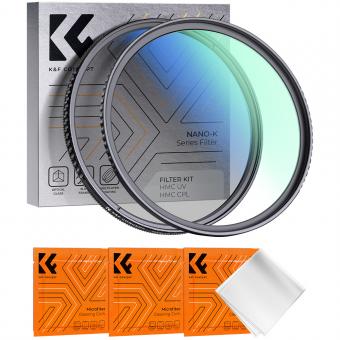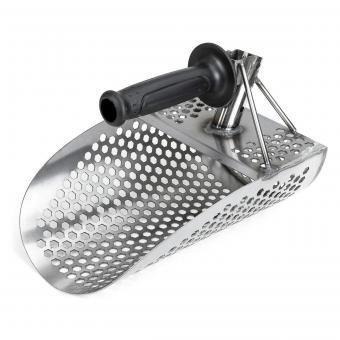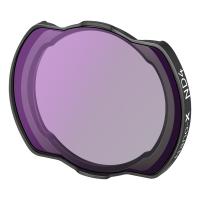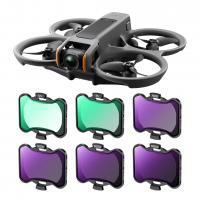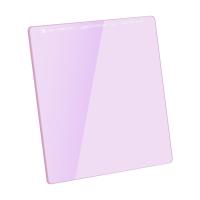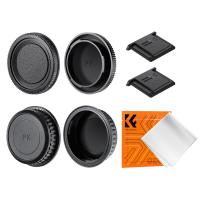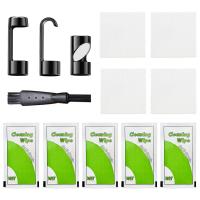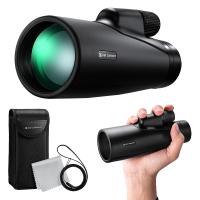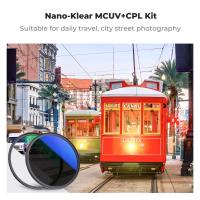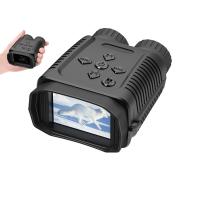What Materi Are Endoscopes Made Od ?
Endoscopes are typically made of a combination of materials, including metal alloys, glass fibers, and various types of plastics. The outer casing of the endoscope is commonly made of a durable plastic material that can withstand sterilization processes. The insertion tube, which is the flexible part of the endoscope that is inserted into the body, is usually composed of a series of glass fibers surrounded by a protective sheath made of plastic or rubber. The distal end of the endoscope, which contains the camera and other optical components, is often made of metal alloys to provide strength and stability. Additionally, various other materials such as lenses, light sources, and electronic components are used in the construction of endoscopes to ensure their functionality and durability.
1、 Optical Components: Lenses and fiber optics for image transmission.
Endoscopes are medical devices used for visualizing and examining the internal organs and cavities of the human body. They are typically made up of several components, including a flexible or rigid tube, a light source, a camera, and optical components for image transmission. The optical components play a crucial role in capturing and transmitting high-quality images to the user.
One of the key optical components in an endoscope is the lens system. The lenses are responsible for focusing the light onto the camera sensor, allowing for clear and detailed images. These lenses are typically made from high-quality glass or plastic materials that are designed to minimize distortion and aberrations.
Another important optical component in endoscopes is fiber optics. Fiber optics are used for transmitting the light from the light source to the tip of the endoscope. They consist of thin, flexible glass or plastic fibers that can transmit light over long distances without significant loss or degradation. Fiber optics are highly efficient and can deliver bright and uniform illumination to the target area.
In recent years, there have been advancements in endoscope technology, including the use of advanced materials for optical components. For example, some endoscopes now incorporate specialized coatings on the lenses to improve image quality and reduce glare. Additionally, there has been a shift towards using smaller and more compact endoscope designs, which require miniaturized optical components that can still deliver high-quality images.
Overall, the optical components in endoscopes, such as lenses and fiber optics, are crucial for capturing and transmitting clear and detailed images. Ongoing advancements in materials and design are continuously improving the performance and capabilities of endoscopes, allowing for more accurate diagnoses and minimally invasive procedures.
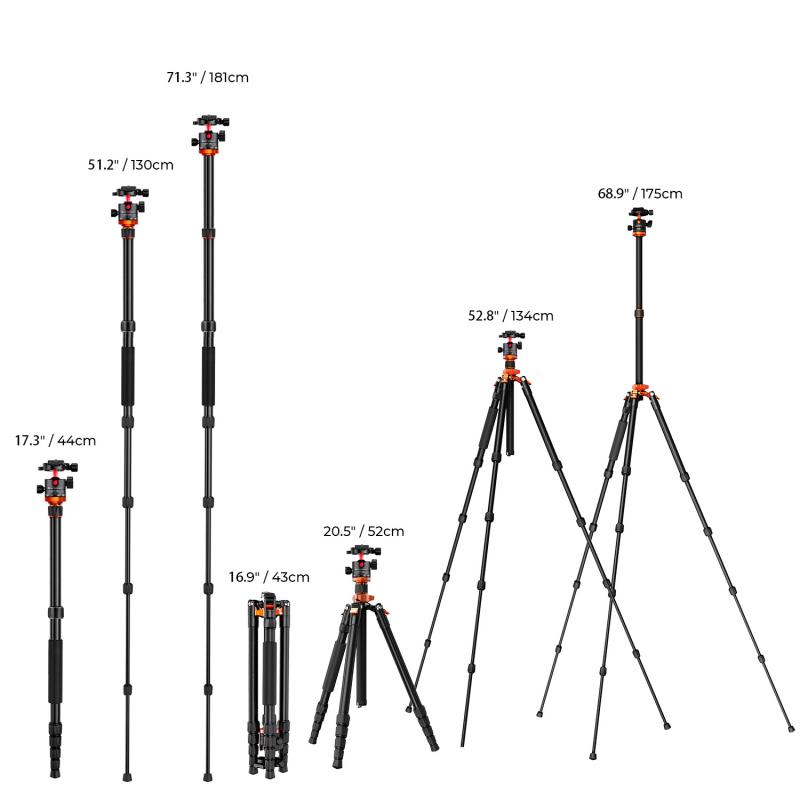
2、 Light Source: LED or xenon lamps for illumination.
Endoscopes are medical devices used for visualizing and examining the internal organs and cavities of the human body. They are typically made of various materials to ensure durability, flexibility, and compatibility with sterilization processes. The main components of an endoscope include the insertion tube, control section, and light source.
The insertion tube, which is the long, flexible portion of the endoscope that is inserted into the body, is commonly made of materials such as medical-grade stainless steel or high-quality plastics like polyurethane or polyethylene. These materials provide the necessary strength and flexibility required for maneuvering through the body's passages.
The control section, which houses the various controls and mechanisms for manipulating the endoscope, is typically made of lightweight and durable materials like aluminum or plastic. These materials allow for easy handling and maneuverability during procedures.
As for the light source, endoscopes traditionally used xenon lamps for illumination. Xenon lamps produce a bright and intense light that is essential for clear visualization during procedures. However, in recent years, there has been a shift towards using LED (Light Emitting Diode) technology for endoscope illumination.
LEDs offer several advantages over xenon lamps, including longer lifespan, lower power consumption, and improved color rendering. LED-based endoscopes provide a more natural and accurate representation of the internal organs, allowing for better diagnosis and treatment. Additionally, LED technology allows for the integration of different wavelengths of light, enabling advanced imaging techniques such as narrow-band imaging and fluorescence imaging.
In conclusion, endoscopes are made of materials like stainless steel, plastics, aluminum, or a combination of these, depending on the specific component. The light source for endoscopes can be either xenon lamps or LED technology, with LED becoming increasingly popular due to its numerous benefits.

3、 Camera Technology: CCD or CMOS sensors for capturing images.
Endoscopes are medical devices used for visualizing and examining the internal organs and cavities of the human body. They consist of a long, flexible tube with a light source and a camera at the tip. The camera technology used in endoscopes has evolved over the years, with the two main types being CCD (Charge-Coupled Device) and CMOS (Complementary Metal-Oxide-Semiconductor) sensors.
CCD sensors have been traditionally used in endoscopes due to their high image quality and sensitivity. They are capable of capturing detailed and high-resolution images, making them suitable for diagnostic purposes. However, CCD sensors have certain limitations, such as higher power consumption and slower readout speeds.
In recent years, CMOS sensors have gained popularity in endoscope camera technology. CMOS sensors offer several advantages over CCD sensors, including lower power consumption, faster readout speeds, and the ability to integrate additional functionalities on the same chip. These advancements have led to the development of smaller and more compact endoscope cameras, making them easier to handle and maneuver during procedures.
The latest point of view suggests that CMOS sensors are becoming the preferred choice for endoscope cameras. Their improved performance, lower power consumption, and smaller form factor make them ideal for modern medical applications. Additionally, CMOS technology continues to advance, with ongoing research and development focused on enhancing image quality and sensitivity.
In conclusion, while CCD sensors have been traditionally used in endoscope cameras, CMOS sensors are gaining prominence due to their superior performance and technological advancements. The shift towards CMOS technology is driven by the need for smaller, more efficient, and higher-performing endoscope cameras in the medical field.
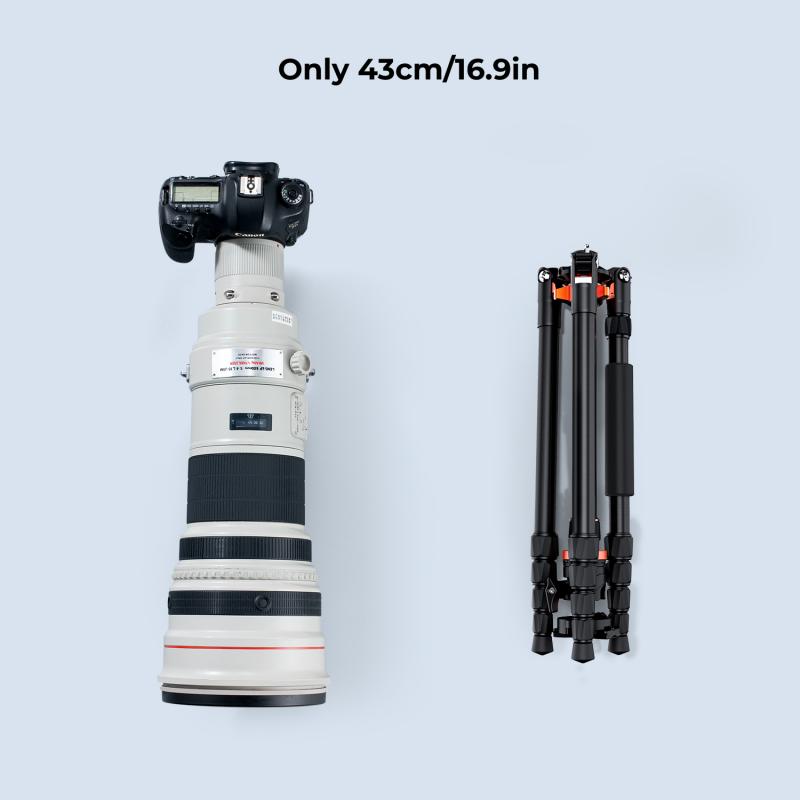
4、 Control Mechanism: Buttons or knobs for adjusting focus and zoom.
Endoscopes are medical devices used for visualizing and examining the internal organs and cavities of the human body. They are typically made of various materials to ensure durability, flexibility, and compatibility with sterilization processes. The main components of an endoscope include the insertion tube, light source, camera, and control mechanism.
The insertion tube, which is the long, flexible tube that is inserted into the body, is usually made of a combination of materials such as stainless steel, polyurethane, and silicone. These materials provide the necessary strength and flexibility to navigate through the body's passages while maintaining the integrity of the device.
The light source is an essential component of an endoscope, as it illuminates the area being examined. The light guide within the endoscope is typically made of fiber optics, which are thin, flexible glass or plastic fibers that transmit light efficiently. The light source itself may be an LED or a halogen lamp.
The camera, which captures the images and videos, is usually housed in a protective casing made of durable materials such as aluminum or plastic. The lens system of the camera is typically made of high-quality glass or specialized plastics to ensure clear and accurate imaging.
The control mechanism of an endoscope allows the user to adjust various settings such as focus and zoom. This mechanism is typically operated using buttons or knobs located on the handle of the endoscope. These buttons or knobs are made of materials that are easy to grip and operate, such as rubber or plastic.
In recent years, there have been advancements in endoscope technology, including the integration of digital imaging systems and wireless connectivity. These advancements have allowed for improved image quality, enhanced maneuverability, and easier data transfer. Additionally, there is ongoing research and development in the field of endoscope materials to further improve the durability, flexibility, and biocompatibility of these devices.
Overall, endoscopes are made of a combination of materials such as stainless steel, polyurethane, silicone, fiber optics, glass, and various plastics. The choice of materials depends on the specific requirements of the endoscope and the area of the body it is designed to examine.


